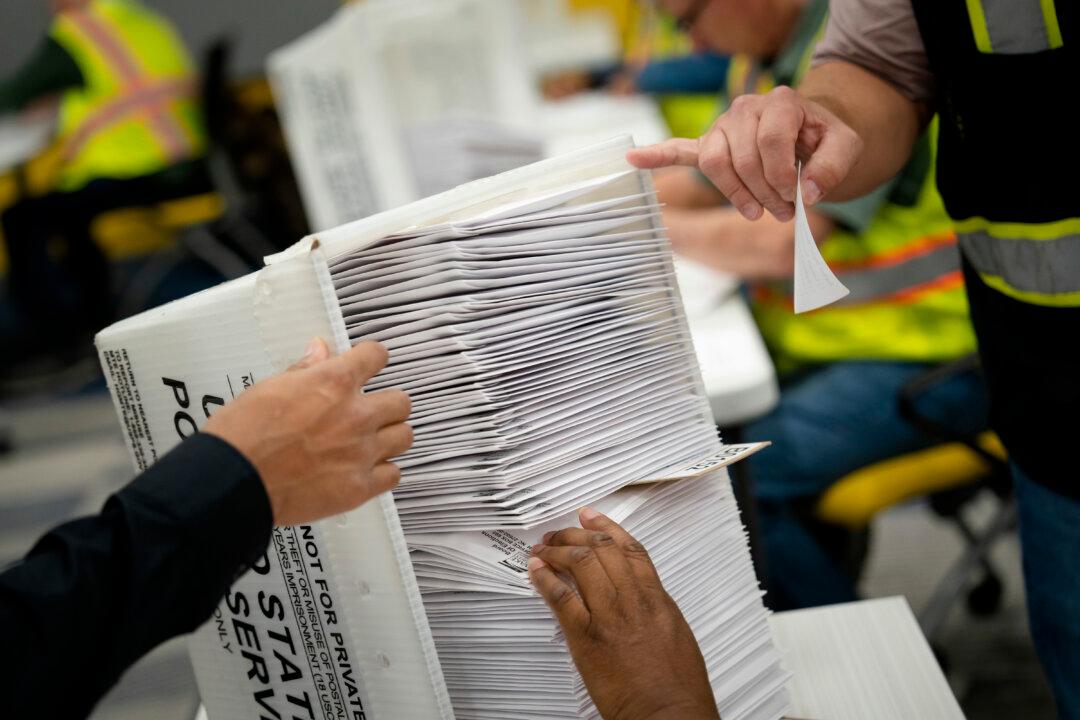Tailgaters, be warned.
A video shows the moment a tailgating driver swerves out of control after a “brake check.”
The black SUV on the left is seen tailgating behind another car.
The car in the front flashes his brakes to signal to the tailgater to back off, who then loses control and drives into a ditch.
Other vehicles on the roadway are seen slowing down, and a car on the right pulls over to the side.
Ryan Seiler, the uploader, confirmed the footage shot in Wisconsin on Vandenbroek Road.
Tailgating is a common practice, but it’s quite dangerous.
The site recommends drivers “tap your brake lightly several times” to warn the tailgating driver.
“Brake slowly before stopping. Avoid tailgaters when possible by changing lanes. If you cannot change lanes, slow down enough to encourage the tailgater to go around you. If this does not work, pull off the road when safe and let the tailgater pass,” according to the website.
Duncan Seed of 2 Drive Safe, a New Zealand-based driving organization, said that “many ... drivers tailgate.”
“The problem is we are believing a lie and, simply put, you can’t beat physics.”
It’s also a common cause of accidents.
What to Do
The New York DMV’s handbook on defensive driving goes as follows:-Be prepared and look ahead.
-Maintain the correct speed.
-Signal before you turn or change lanes.
-Allow space
-Wear your seat belt
-Do not drive if you are very weary, are on medication or have been drinking beverages that contain alcohol
-Keep your vehicle in good condition
-Do not use hand held mobile devices while driving.





